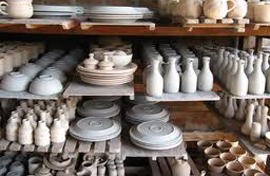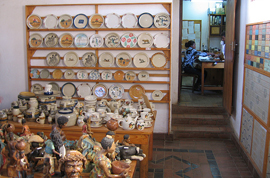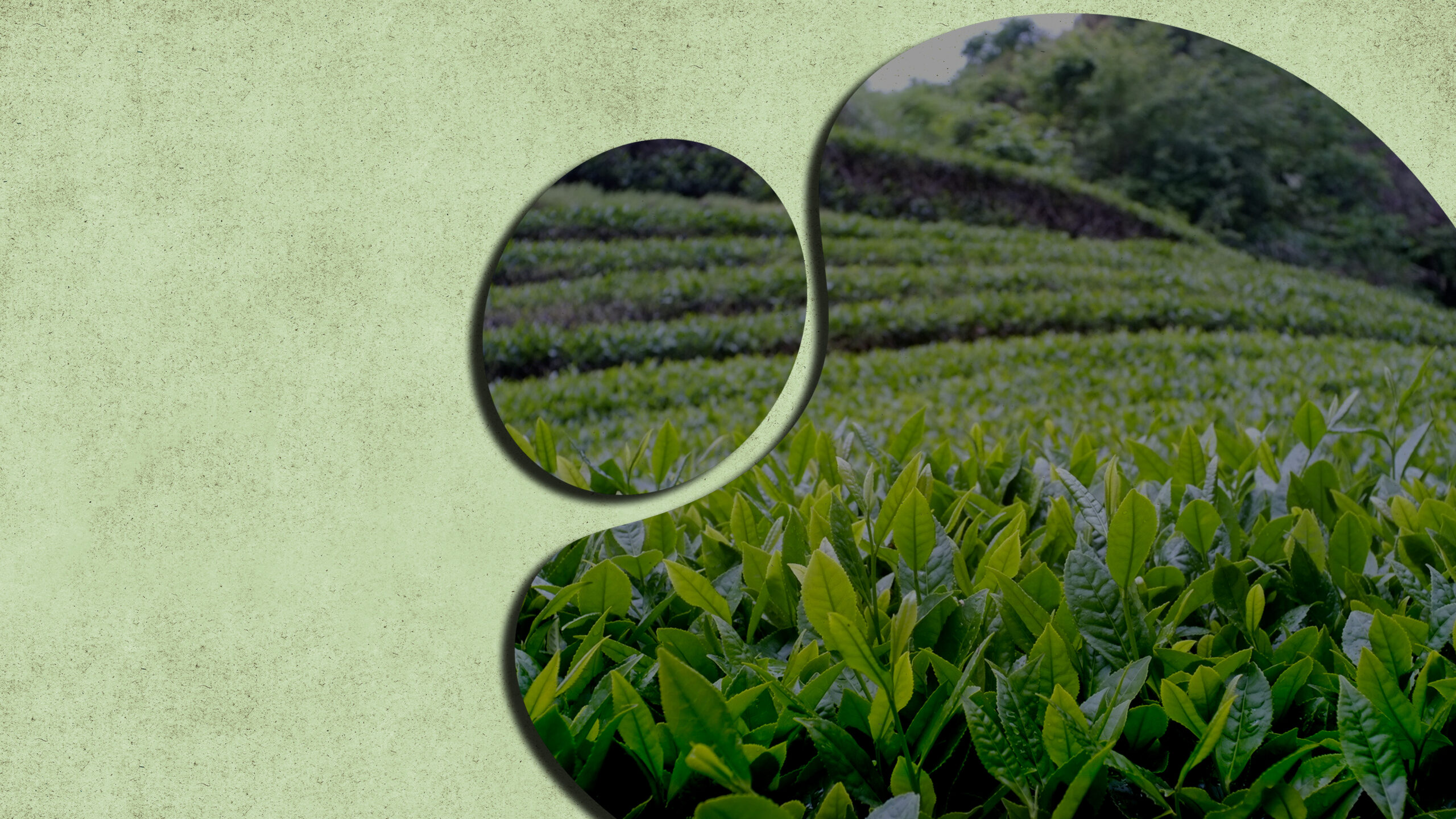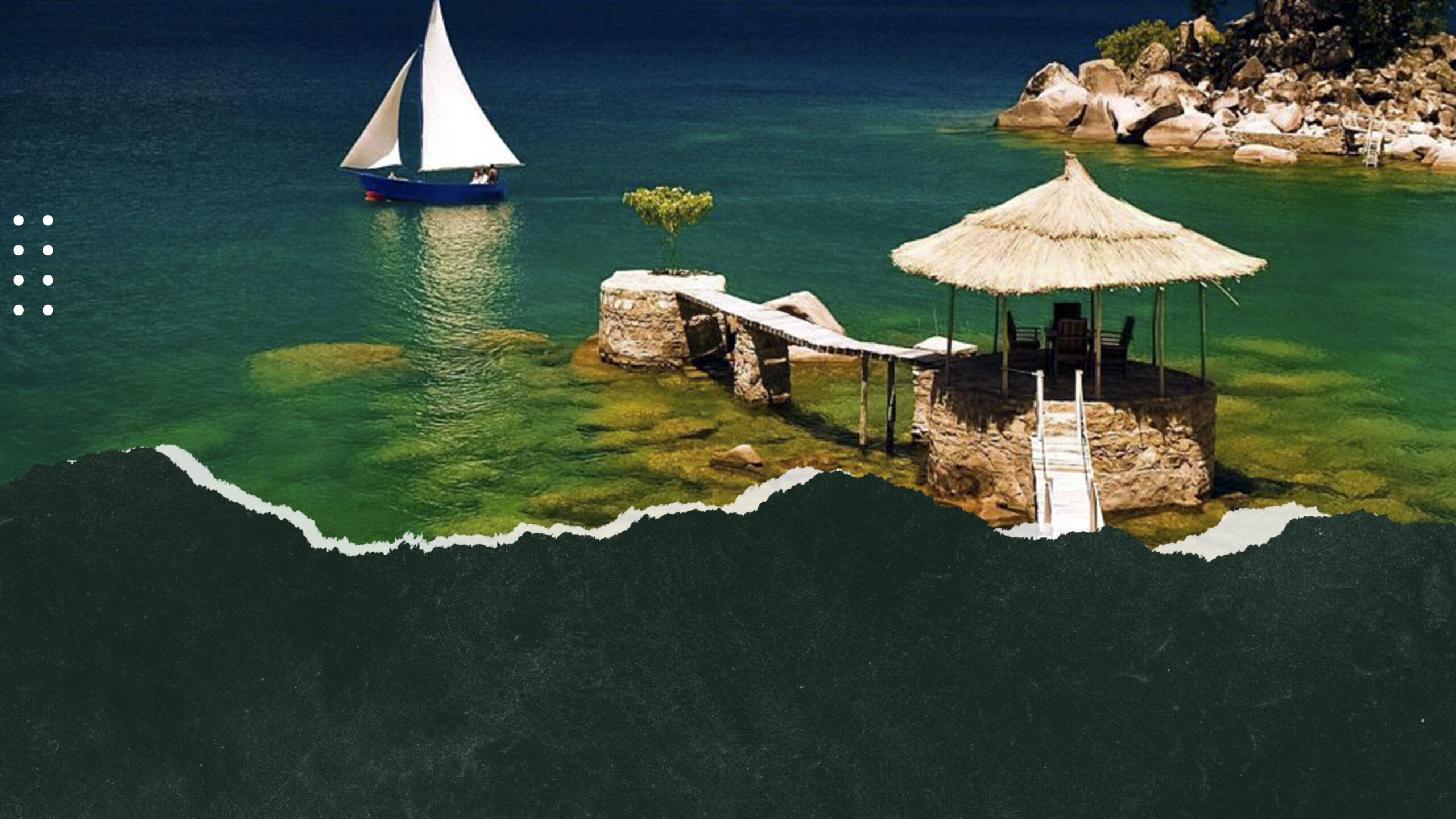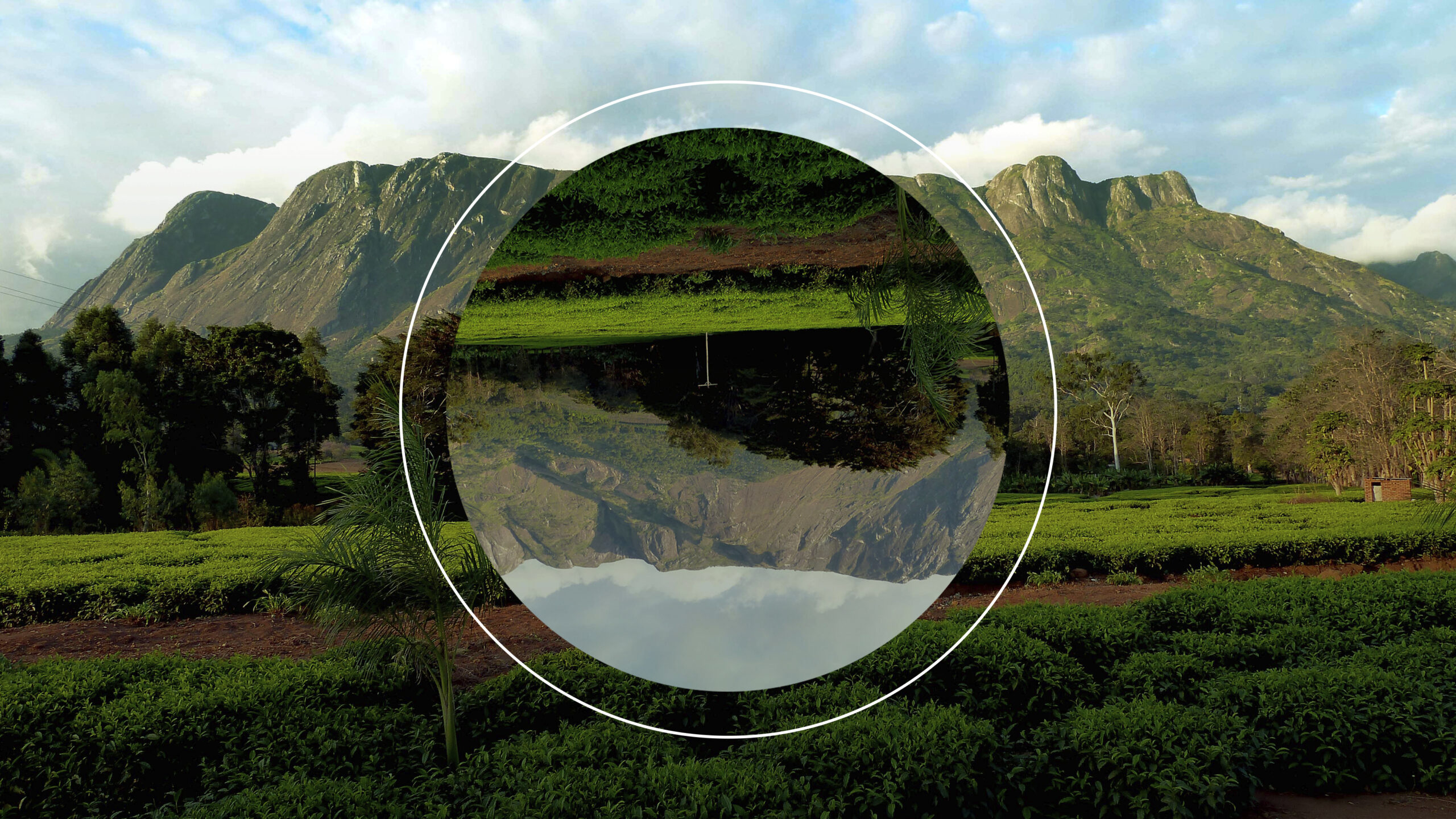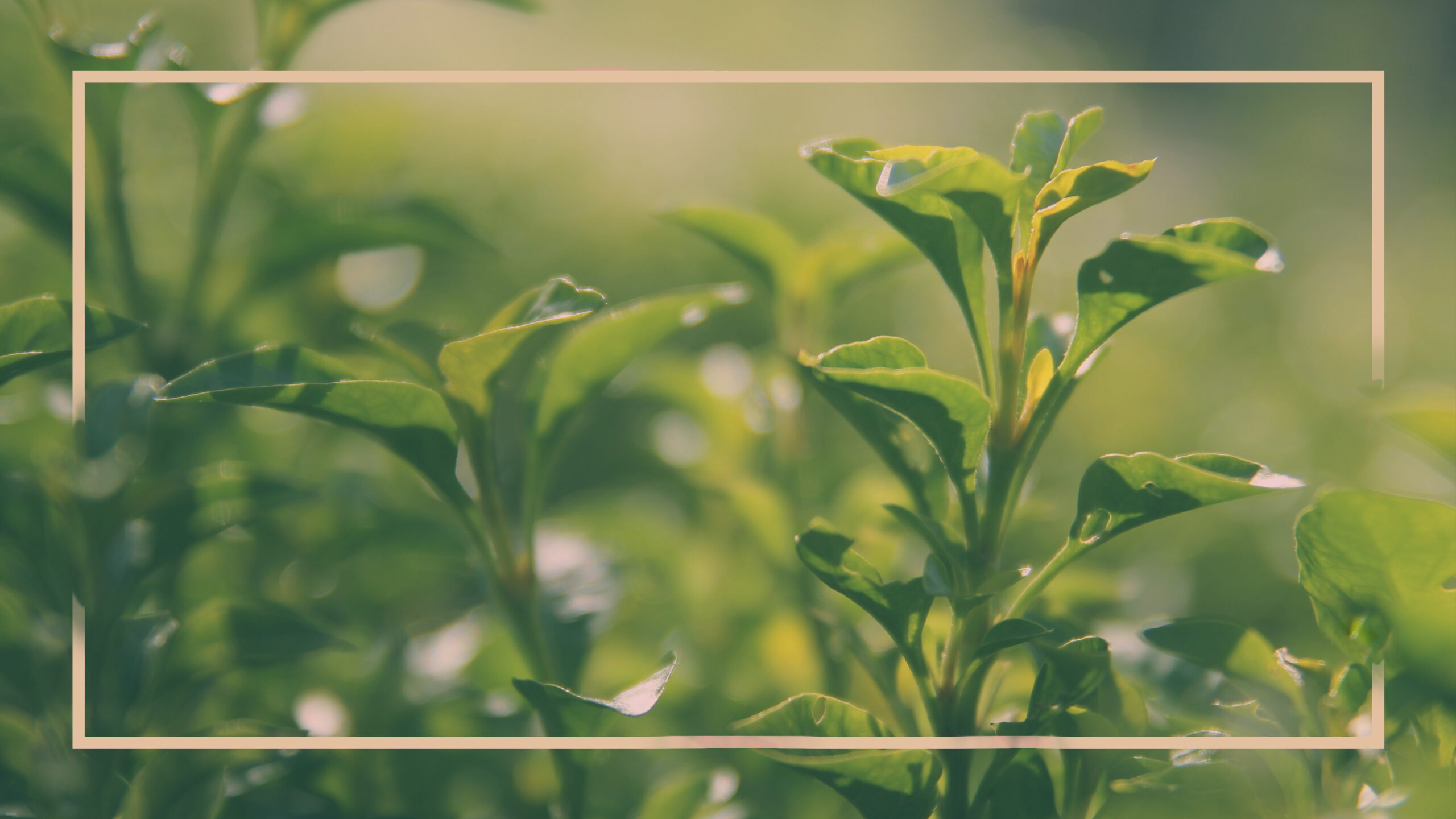DISTRICTS - CENTRAL - DEDZA
- DISTRICTS
- NORTH – CHITIPA
- NORTH – KARONGA
- NORTH – LIKOMA
- NORTH – MZIMBA
- NORTH – MZUZU
- NORTH – NKHATA BAY
- NORTH – RUMPHI
- CENTRAL – DEDZA
- CENTRAL – DOWA
- CENTRAL – KASUNGU
- CENTRAL- LILONGWE
- CENTRAL-MCHINJI
- CENTRAL – NKHOTAKOTA
- CENTRAL – NTCHEU
- CENTRAL – NTCHISI
- CENTRAL – NTCHISI
- CENTRAL – SALIMA
- SOUTH – BALAKA
- SOUTH – BLANTYRE
- SOUTH – CHIKWAWA
- SOUTH – CHIRADZULA
- SOUTH – MACHINGA
- SOUTH – MANGOCHI
- SOUTH – MULANJE
- SOUTH – MWANZA
- SOUTH – NSANJE
- SOUTH – THYOLO
- SOUTH – PHOLOMBE
- SOUTH – ZOMBA
- SOUTH – NENO
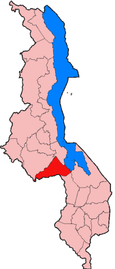

About Dedza
The eponymous capital of dedza District is a neat and relaxed town of around 20,000 people, situated about 1km northeast of the M1 between Lilongwe and Blantyre, and not much further from the border with southern foot of Dedza Mountain , and the climate is correspondingly chilly, especially in the early morning and evening during the winter months of June-august. The town is mainly of interest as a base for exploring the mountains, forests and rock-art sites that dot the surrounding countryside.
Dedza straddles a 5km surfaced loop road running, northeast of the M1. The town centre starts about 3km along this loop road coming from the direction of Lilongwe, while the hospital and main market lie another 1km south towards Blantyre. The north end of the town centre boasts a few minor architectural landmarks, ranging from a colonial-era boma built in 1947 to the spanking new bus station. Further out of town, Dedza Pottery is the best known of several worthwhile handicraft enterprises that line the road towards the WICO Sawmill.
Accommodation
What to See in Dedza
Getting there and away
Dedza lies about 85km southeast of Lilongwe along the surfaced M1. This is the most direct route between Malawi’s two largest cities, so it carries a relatively heavy traffic flow. In a private vehicle, the drive should take 60-90 minutes, depending greatly on traffic conditions as you leave Malawi. For people driving on towards Lake Malawi National Park, it’s worth noting that the once-tortuous S217, which branches east from the M1 at Masasa about 20km south of Dedza, was recently surfaced and now snakes smoothly down the escarpment for 30km to Golomoti, from where a new surfaced extension of the S217 connects with the M10 to Monkey Bay.
All buses that travel between Lilongwe and Blantyre on the M1 stop at Dedza, express buses included. The bus journey from Lilongwe to Dedza takes less than two hours. Direct minibuses to dedza leave regularly from in front of the bus station in Lilongwe and cost Mk500. If you’re heading between Dedza and Blantyre main town you’ll pass through on the M1 is the vegetable growers’ market town if Ntcheu. All you need to know about Ntcheu is that it is on the Mozambican border. It’s thoroughly dull and scruffy, it has several rest houses, a good supermarket and a bank, and you’re unlikely to get stuck there unless you want to.

